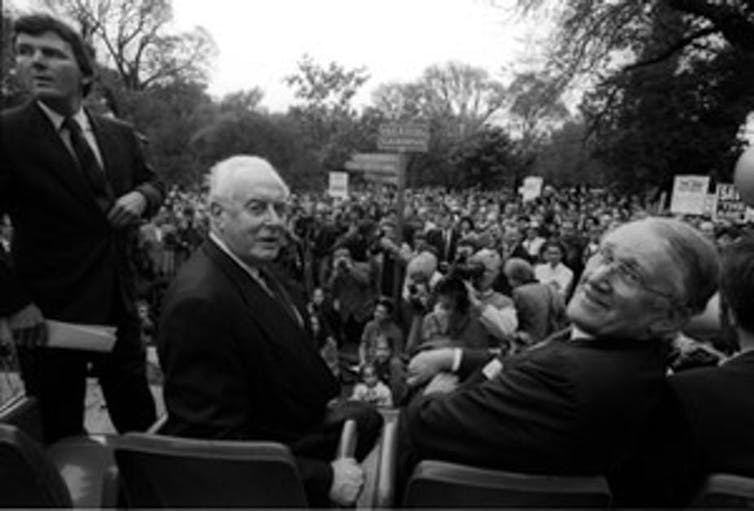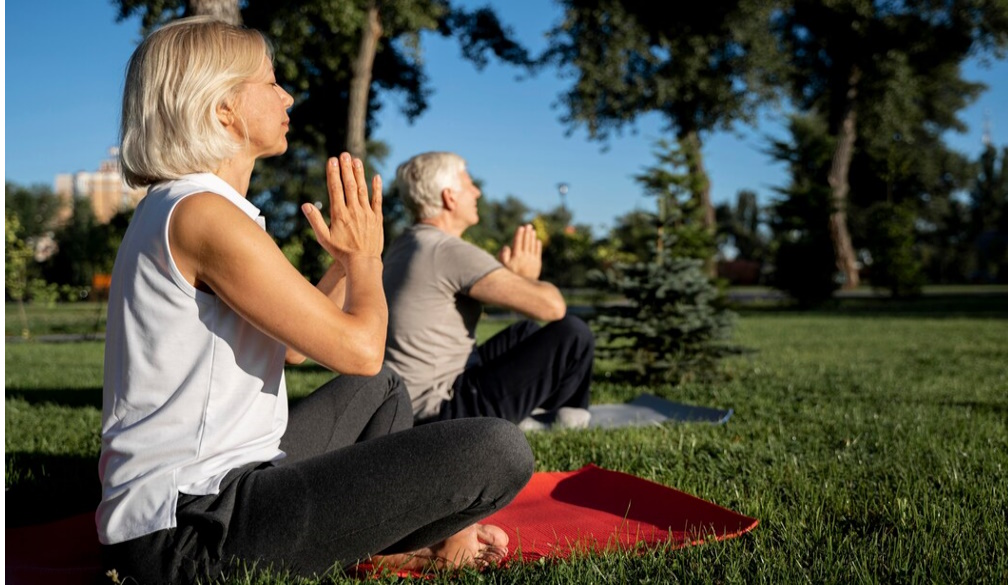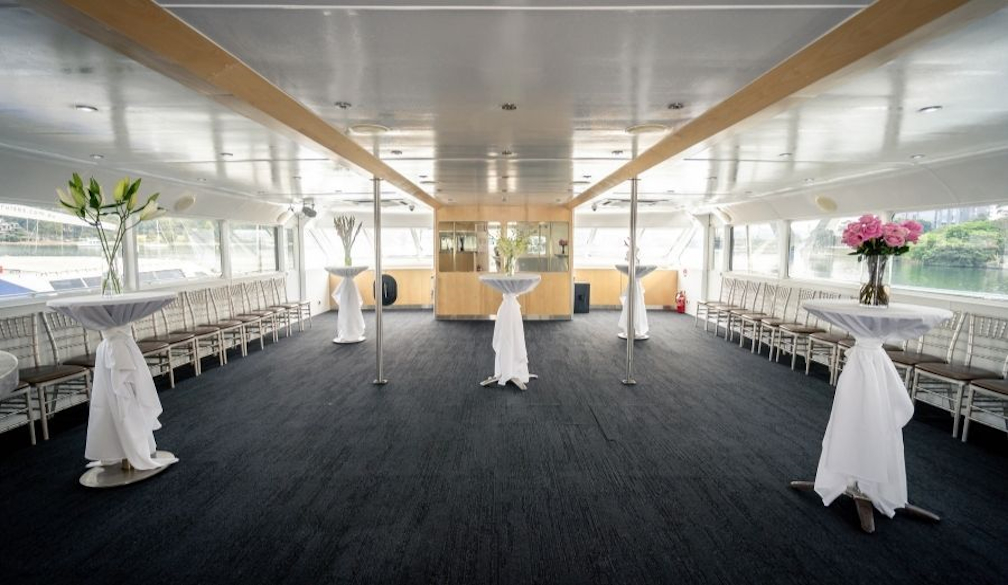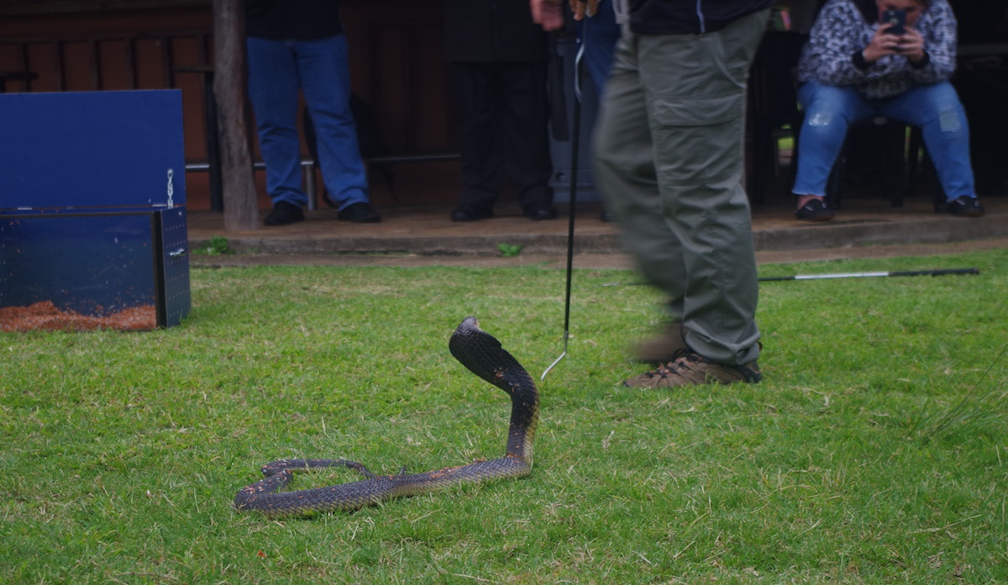After the Nine-Fairfax deal, who will shape Melbourne like The Age once did?
- Written by Jo Chandler, Lecturer, Centre for Advancing Journalism, University of Melbourne
Stored somewhere behind the imposing glass edifice of The Age Spencer Street headquarters – keeping up appearances even as the newsroom it trumpets is progressively hacked away – is a cardboard box containing hundreds of envelopes addressed by hand to The Age Independence Committee. Tucked in with them are piles of yellowing forms clipped out of newspapers, with signatures, names and addresses – Doveton and South Yarra, Edithvale and Wheelers Hill, Castlemaine and Korumburra.
Cracking open this modest reliquary might provide some insight into the grief – albeit largely from a certain demographic – flowing from yesterday’s announcement of the passing of the House of Fairfax.
As a young reporter, I handled a good swag of the letters in this box back in 1991 at my desk in the tiny, smoky office of The Age’s storied Insight investigations unit, which in this period moonlighted as the headquarters of The Age Independence Committee. Then The Age was situated a couple of blocks north of its present building. It occupied a brutalist chocolate-brick box in what the columnist John Lahey described as the Siberian quarter of the city, a neighbourhood of “unloved warehouses and 7am sandwich shops”, whipped by a wicked wind off what would become Docklands.
Under the editorship of the venerated Graham Perkin (1966-75), The Age had been famously recognised as one of the world’s dozen great newspapers, acquiring a circulation of over 220,000. The legacy of that had endured the fraught transition of control from Melbourne’s Syme family to the Sydney-based Fairfax stable, and shaped my understanding of journalism. But by the time I gained a long-coveted desk in the ugly building in 1989 I’d missed the best of it, I was assured by old hands and readers.
Any time I introduced myself or sat down to do an interview I braced for the inevitable critique. People professed love for the paper in the way you might love family – with no inhibitions, indeed an enthusiasm, about highlighting flaws and disappointments. The Age had lost some of the panache of the Perkin era and some of the stylish writing nurtured by his successor, Michael Davie, opined media columnist and Melbourne son Sam Lipski in The Bulletin in 1988. That said, under Creighton Burns (my first editor) it had generally become “a steadier and more balanced paper”, he wrote. “Melbourne burghers like that.”
Read more: A modern tragedy: Nine-Fairfax merger a disaster for quality media
A potent force
It’s difficult to recall, from this distance, what a potent force the paper was in Melbourne and Victoria. When I try to explain this landscape to my journalism students, they retreat behind that blank, politely suffering look you give nostalgic old people.
In 1988, The Age published a special report titled “Who Shapes Melbourne?” It was the product of weeks of reporting by a team of ten journalists who interviewed dozens of the city’s movers and shakers – an enterprise also beyond the comprehension of my students, raised on a diet of impoverished newsroom budgets. As part of the project, 130 of these doyens were asked to rank Melbourne’s most influential individuals and institutions.
Out of a field of 162 men (overwhelmingly) and women, then Premier John Cain emerged as the individual with the most clout. And of 153 nominated institutions, The Age itself romped into first place ahead of the Arts Centre, the National Gallery and the University of Melbourne (tied in second place); the ACTU (third); the ABC and the Victorian Football League (this was pre-AFL) (fourth) and BHP neck-and-neck with the state cabinet/government (fifth). The tabloid Sun came in sixth, The Herald eighth, alongside the Catholic Church and the police. “Whether The Age really is the most influential institution in Melbourne matters less than the perception, among many of its powerful readers, that it is,” observed Lipski.
“The Age’s role is perplexing,” Phillip Adams (now ABC broadcaster, then advertising guru) told another Bulletin reporter, Jan McGuinness, in a 1989 dig into its place in the Melbourne firmament, archly headlined “A pillow of the community” and featuring a photograph of the Syme family mausoleum captioned “a palace under siege”. “The Melbourne Herald hasn’t had a role in my lifetime; the Melbourne Sun does its job, yet has no image,” Adams expanded. “But The Age is tied to Melbourne’s self-esteem. And, as there isn’t much of that left, it’s very important.”
Commentators may have struggled to explain the enduring gravitas of the paper, but enjoyed pricking its pomposity along the way. A special report in The Australian – “Flaws in the Fairfax formula” (April 23 1991) – listed its sins as “self-indulgence, independence, tradition, superiority”.
The article pokes around the cultural ethos of The Age, contrasting it with The Sydney Morning Herald. The Melbourne paper had long cut its cloth in a more “Whiggish” style, it argued, despite serving a more conservative city. It quotes an unnamed senior Fairfax staffer who had worked at both mastheads. “You’ve got to remember that at the Eureka stockade The Age supported the miners while The Sydney Morning Herald supported the police – the Herald has always been the drapers’ paper.”
The same article quotes a young merchant banker, one Malcolm Turnbull, verbatim and at length, arguing “there is a great deal of sanctimoniousness about journalistic independence”, and that newspapers needed to be disciplined in their exercise of independence. “Why is it that Fairfax journalists believe a proprietor can have no hand in the editorial management but a journalist can? As long as the proprietor is acting honestly and responsibly, why can he not?”
When this article ran, John Fairfax Holdings Ltd was in receivership and the odds were high that The Age, The Sydney Morning Herald, The Australian Financial Review and other mastheads would soon be sold. Circulation and revenue from the classified “rivers of gold” were still bountiful, the technology that would steal them still evolving out of sight. But the fortunes and vulnerabilities of the paper were being pored over thanks to “Young” Warwick Fairfax’s disastrous play to privatise the publicly listed media empire on the eve of the 1987 stockmarket crash.
Maintain Your Age
The Age’s Charter of Editorial Independence – the first document of its type in Australia – emerged when British press tycoon Robert Maxwell took a run at the paper in 1988. Age employees banded together to defend the ethos of the masthead, and generous column space was given to reports and opinion pieces explaining to readers the implications of such a sale for editorial integrity and independence. As journalists organised and fortified, mercifully they could not have known this was merely the first skirmish in a 30-year siege to which the Fairfax name suddenly succumbed with a note to the markets just two mornings ago.
“A newspaper cannot function effectively, cannot put the readers first, if the editor and his staff always have their ears cocked to hear what the proprietor wants,” wrote former editor Michael Davie. The newly formed independence committee reached out to readers for support, establishing a fighting fund, which bought a banner advertisement declaring: “The Age must continue to present the news honestly and without fear or favour. It must not become an organ to peddle the views of a person, a political party, or an interest group.”
And here’s where the letters in the cardboard box come in, a small surviving sample of pre-internet clicktivism, requiring scissors, a stamp and a trip to the mailbox. Thousands of coupons poured in over a couple of campaigns, many with encouraging notes and $5 and $10 notes and cheques attached. The operation to save The Age and its editorial culture was coordinated by Insight chief and associate editor David Wilson, the committee’s chargé de mission and hustler, lobbying powerbrokers, opinion-shapers and glitterati for their support. Like so many others in this story, Wilson is deceased, but my recollection from hours listening to him work the phones was that he rarely encountered anything but enthusiasm for the cause, even as he copped no-holds-barred commentary on all that was wrong with the paper.
His greatest coup – assisted by the spirited cadre he led – was getting Gough Whitlam and Malcolm Fraser to clench hands under the “Maintain Your Age” banner at a rally in the Treasury Gardens in October 1991.
 Malcolm Fraser joined forces with Gough Whitlam to support Fairfax newspapers’ editorial independence in 1991. The Age associate editor David Wilson is on the left.
maintainyourage.org
Malcolm Fraser joined forces with Gough Whitlam to support Fairfax newspapers’ editorial independence in 1991. The Age associate editor David Wilson is on the left.
maintainyourage.org
But his fondest recruit was surgeon and POW Sir Edward “Weary” Dunlop, who apparently on initial approach assumed the campaign was concerned with elderly rights, but who nonetheless threw himself wholeheartedly behind The Age because that was a good cause too.
The paper was then facing a takeover by a consortium led by Canadian mogul Conrad Black (later jailed) and Australia’s Kerry Packer. Thousands of readers marched up Collins Street. Whitlam moved a motion calling on the Hawke Labor government to do everything possible to prevent further media concentration and foreign ownership. Fraser seconded it.
Read more: Paul Keating unleashes vitriolic attack on Nine's takeover of Fairfax
As the columnist Bob Millington had reflected in a piece rifling through the “Maintain Your Age” mailbag, “if politics makes strange bedfellows, defending a newspaper brings an even stranger, yet wonderful, collection of people together”. Over these early years the campaign enlisted support from individuals you could not imagine having any more in common than a football team (it is, after all, Melbourne). BHP chairman Sir James Balderstone, historian Professor Manning Clark, ACTU secretary Bill Kelty, Victorian Farmers Federation chief Heather Mitchell, former Victorian premiers John Cain and Sir Rupert Hamer, philanthropist and prisons campaigner Dame Phyllis Frost, Greens leader Bob Brown and RSL president Bruce Ruxton.
And then there were the coupon signers. Millington unearthed coupons and cheques from descendants of the Syme family and a 12-year-old boy from Brighton. Readers in Albury, Rosanna and Bentleigh declared their decades of subscription, the prize for longevity going to Mrs Florence Williams of St Kilda who “says she reads The Age from cover to cover each day. Mrs Williams will be 99 next Wednesday”. Bless her, and Millo, (both departed), but Mrs Williams represents the extreme end of a once rusted-on and apparently worthless demographic, which the enterprise has long since jettisoned.
A certain hollowness
The box of letters sat under my desk when we revived the independence committee a decade ago as we tried to defend the spirit of the charter from the storm of the great disruption. We wearily dusted off and enlisted the old tactics, reaching out to influencers and readers, this time using the infinitely more powerful tools of the same cybersphere that was eating us alive. The response was gratifying, but had a certain hollowness. Was it real, or just an echo?
As efforts crank up to defend Fairfax’s editorial tradition, if not its name, when it is consumed by Nine, I’m all too aware that the institutional journalism that defines my generation and my imagination has all but vanished. When I summon up Fairfax in talking journalism with my students, for me it’s this great warts-and-all beast with a proud history, noble ambition and organic connection to its community; for them it’s a limp tagline in their feed.
Fairfax CEO Greg Hywood yesterday tried to assure journalists that “there will be plenty of Fairfax Media DNA in the merged company and the board”. I hope so, because the remaining journalists and editors continue to produce stories of extraordinary calibre with little time and ever diminishing resources. But I wondered, given the vanishing of the masthead’s resonance in their lives, whether the community Fairfax served has already been lost, and might only be retrieved by extracting DNA from the coupons in the box, like extinct creatures out of amber.
“Where do you get your news?” I asked my students on Monday, as I do at the beginning of every semester. “Twitter” one of them replied. No, actually, you don’t.
Jo Chandler was a journalist at The Age from 1989-2012, and a former chair of the Age Independence Committee.
Authors: Jo Chandler, Lecturer, Centre for Advancing Journalism, University of Melbourne


















